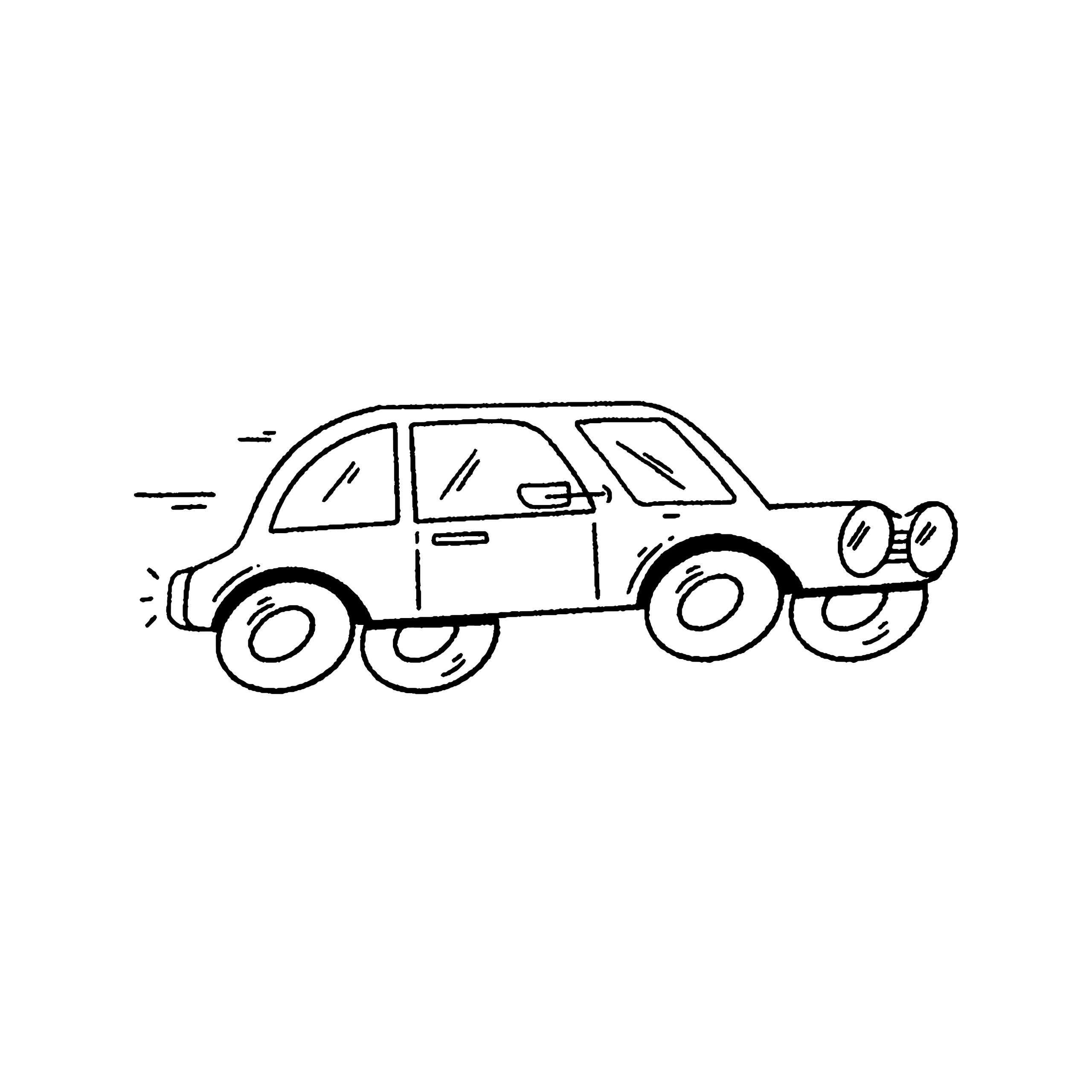
The gig economy has exploded in recent years, offering a variety of flexible job opportunities. Among the most popular gigs are rideshare and food delivery services. But if you’re trying to figure out Rideshare vs Food Delivery, which one offers the best earnings? This is a common question for many drivers, and the answer often depends on several factors, including location, hours worked, and the type of service provided.
In this blog post, we’ll break down the differences between Rideshare vs Food Delivery, compare the earnings potential for each, and help you make an informed decision on which gig might be best for you. From hourly pay to tips and incentives, we’ll cover all the key points you need to know.
Understanding Rideshare vs Food Delivery
The first thing to understand when comparing Rideshare vs Food Delivery is the nature of the work. Rideshare services like Uber and Lyft connect drivers with passengers who need rides. On the other hand, food delivery apps such as DoorDash, Uber Eats, and Grubhub connect drivers with customers ordering food from local restaurants.
In the Rideshare vs Food Delivery debate, one key factor to consider is how each gig is structured. Rideshare driving involves taking passengers from one location to another, typically requiring more time spent on the road and interacting with customers. Food delivery, while also involving travel, generally means shorter trips and fewer customer interactions.
So, how do these differences translate into earnings?
Earnings Breakdown: Rideshare vs Food Delivery

Rideshare Earnings
When it comes to Rideshare vs Food Delivery, one of the biggest factors driving earnings is the pay per ride. Rideshare platforms like Uber and Lyft typically offer a base fare for each trip, plus a per-mile and per-minute rate. On top of that, drivers can earn tips from passengers, as well as surge pricing during peak times or in high-demand areas.
The average earnings for a rideshare driver can vary based on several factors:
- Location: Cities with higher demand, such as New York or Los Angeles, often lead to higher earnings.
- Hours Worked: Peak hours, such as morning and evening commutes or weekends, can drive up earnings due to surge pricing.
- Vehicle Type: Some platforms, like Uber XL or Lyft Lux, offer higher pay for driving larger or premium vehicles.
On average, rideshare drivers can expect to earn anywhere from $15 to $30 per hour, depending on these variables. However, it’s important to keep in mind that expenses such as gas, car maintenance, and insurance can eat into these earnings. The key to maximizing profits in Rideshare vs Food Delivery is to work during peak hours and in areas with heavy demand.
Food Delivery Earnings
Food delivery apps like DoorDash, Uber Eats, and Grubhub operate on a similar model to rideshare services, but the payment structure is slightly different. With food delivery, drivers earn a combination of base pay, tips, and incentives. The base pay is typically a fixed amount, depending on the size and complexity of the order, with additional earnings from tips and promotions.
The average pay for food delivery drivers is generally a bit lower than rideshare drivers, but there are a few advantages:
- Lower Expenses: Food delivery drivers don’t have to maintain their vehicles as rigorously because they aren’t transporting passengers.
- Flexibility: Food delivery jobs allow for more flexibility in terms of location. Drivers can pick up food deliveries from a variety of restaurants, which makes it easier to find orders during off-peak hours.
Food delivery drivers can expect to earn between $10 to $20 per hour on average, though that can increase significantly depending on tips, incentives, and the time of day. Some drivers report earning up to $25 per hour, particularly during busy times. However, just like with rideshare, expenses can impact your take-home pay, especially if you’re working long shifts or driving in areas with high fuel costs.
Tips and Incentives in Rideshare vs Food Delivery
When comparing Rideshare vs Food Delivery, tips and incentives play a huge role in overall earnings.
Tips
Both rideshare and food delivery drivers depend heavily on tips to boost their earnings. For rideshare drivers, tips are given directly through the app after the ride is completed, with many passengers opting to tip based on the quality of service. In contrast, food delivery drivers often receive tips directly from the customer, either through the app or in cash.
The size of the tip can vary based on factors like the customer’s satisfaction, the size of the order, or the delivery distance. Some food delivery services offer higher tips during busy times or as a part of promotional efforts.
Incentives and Bonuses
One area where food delivery might have a slight edge in Rideshare vs Food Delivery is the variety of incentives and bonuses available to drivers. Many food delivery platforms, including DoorDash, Uber Eats, and Grubhub, offer bonuses for completing a certain number of deliveries within a set timeframe. These incentives can significantly boost a driver’s pay.
Rideshare companies also offer surge pricing, which increases rates during high-demand periods. However, surge pricing can be unpredictable, and it may not always be as lucrative as the guaranteed bonuses that food delivery platforms offer.
Which Gig Pays the Most: Rideshare vs Food Delivery?

So, which gig pays the most—Rideshare vs Food Delivery? The answer depends on your location, working hours, and personal preferences.
- Rideshare tends to offer higher base pay, especially during peak times and in major cities. For those who prefer longer hours and more direct interaction with passengers, rideshare can be more lucrative.
- Food Delivery can be more flexible and offers a variety of bonuses, but the base pay is often lower. However, food delivery drivers tend to have lower expenses and the option to work in a wider range of locations, making it a good choice for those looking for flexibility and lower overhead costs.
In general, if you’re in an area with consistent demand for rideshare, Rideshare vs Food Delivery could favor the former in terms of overall earnings. On the other hand, food delivery might be a better choice for those who want to work shorter hours or avoid the wear and tear of carrying passengers.
Final Thoughts: Choosing Between Rideshare vs Food Delivery
Ultimately, the decision between Rideshare vs Food Delivery comes down to personal preference. If you’re looking for the highest potential earnings, rideshare may offer the best option, especially if you’re willing to work long hours and during peak times. However, food delivery is a great choice for drivers who value flexibility, want to avoid driving passengers, and are interested in earning through tips and bonuses.
If you’re a gig worker or driver looking for additional financial support to help you manage your expenses, Fundo can help. We provide fast and flexible cash advances to rideshare drivers, food delivery drivers, and other self-employed individuals. Whether you need funds to cover car repairs, fuel, or slow work periods, Fundo has you covered.
Apply Now for a Merchant Cash Advance from Fundo today. Our easy application process can get you the financial help you need quickly, so you can stay on the road and continue earning. Don’t wait—take your gig career to the next level with Fundo’s fast and reliable funding options!
Disclaimer:
Fundo offers Revenue Based Financing programs exclusively for business use. Any references to loan products, consumer products, or other financing forms are solely for marketing and educational purposes, aiming to differentiate Fundo's product from other similar financing options in the market.
